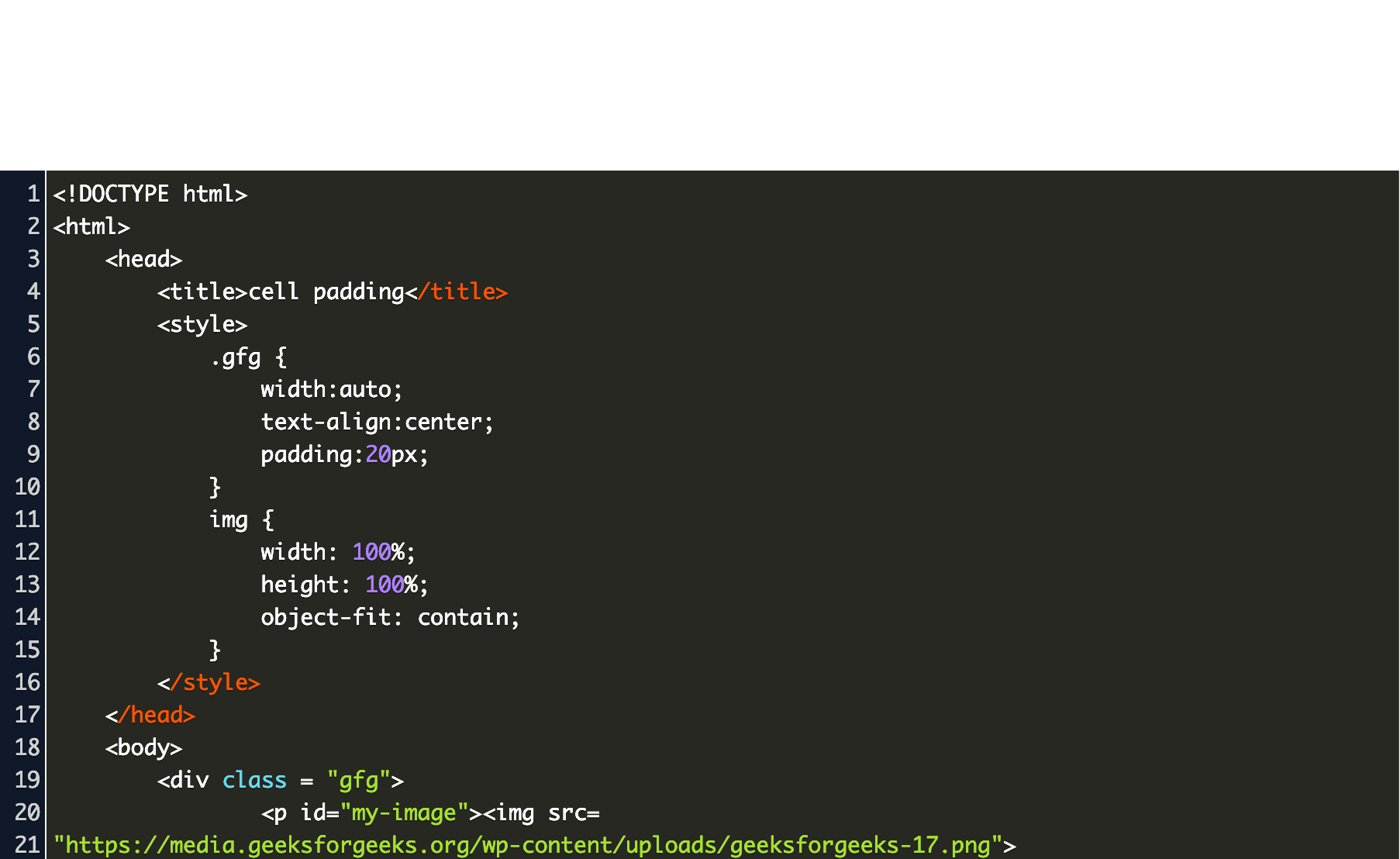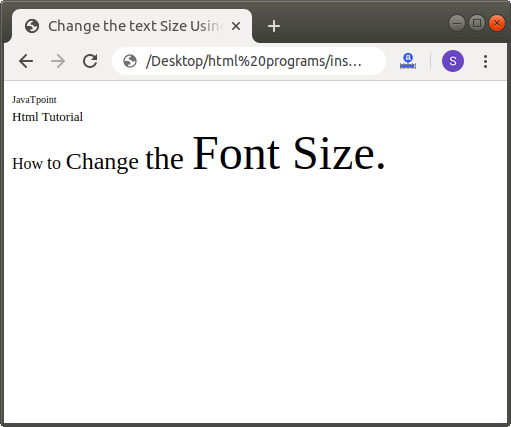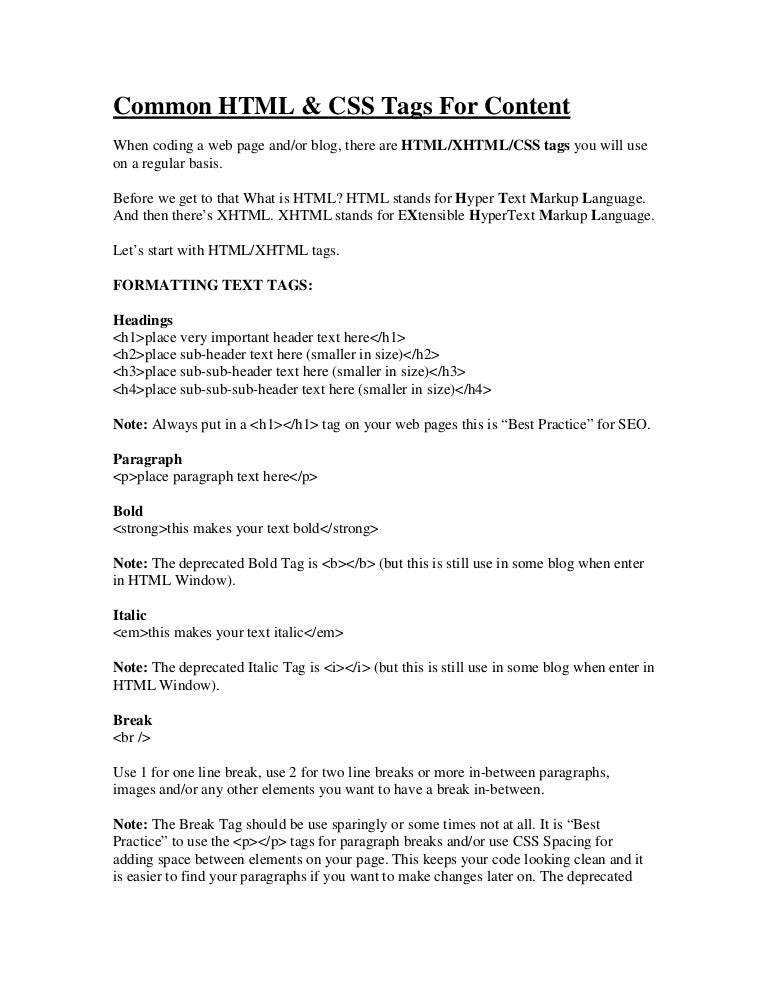
This means that it should not be used anymore, since we have the vastly superior stylesheets at our disposal to format the text in our HTML pages. Changing the font sizeĮver since HTML 4.0 came out in 1998, the tag has been deprecated. Values are center, justify, left or right. Read this tutorial on font and color for more. Sourcetip: Headings take on the color and font face of the surrounding text, so you can change a headings color, say, by wrapping a font color around the h tag. If you want text to follow straight away, you should just change the font size and not use a heading. You cannot flow headings and normal text together.

One thing to note is that headings are always apart from the rest of your text, like a paragraph. You just wrap the preferred heading tag around the text, like so: So let's see them! Heading 1 Heading 2 Heading 3 Heading 4 Heading 5 Heading 6 Graphically, these create decreasingly large text, with h1 being the biggest, and h6 being the smallest of the group. There are 6 gradings or levels of HTML headings: to. You used big headings for the main points in a page and go down through the numbers. I hope you enjoyed this article and learned about when to use tag.In the beginning, heading tags were invented as a graded method of information layout and division.

The correct way to style text in italics is to use the CSS font-style property. The tag should not be used for styling purposes. If you want to place emphasis on text, then the appropriate tag would be the tag. The tag is a span of text that represents a change in mood or quality of text. My goal is not to make you choose one side over the other in this debate, but rather make you aware of this ongoing discussion. If that’s not your cup of tea, using a is more semantically correct. Here is a response from Font Awesome regarding the use of the for its icons: We like the tag for brevity and because most folks use for emphasized/italicized semantic text these days. Some will argue that there is nothing wrong with it and it is pretty common practice, while others think it is a misuse of the tag and you should use the tag instead. Over the years, there has been debate about whether it is "correct" to use tags or tags for adding icons to your website. I am using CSS to style this text in italics. If you want to style text in italics, then you should use the CSS font-style property. You should not use the tag for styling purposes. This differs from the tag where there was no extra emphasis placed on the text. Humans and screen readers would place verbal stress on the word "do". Quit being a baby and just do it already! The tag, or emphasis element, should be used when you want to place an emphasis on a word or span of text. But the two tags hold different meanings from each other. You might think that the and tags have the same meaning because they look the same in the browser. Another term for the domestic cat would be Felis catus.ĭifferences between the tag and tag in HTML This would be an example of using the the tag for the term Felis catus. Using the tag for taxonomic descriptionsĪccording to the Convention of Biological Diversity, Taxonomy is the science of naming, describing and classifying organisms and includes all plants, animals and microorganisms of the world. The USS Arizona was a United States Navy battleship built in the 1910's.

If you wanted to use the name of a ship, then you can wrap that name in tags. After Ben met his girlfriend's parents he thought to himself, I really hope they liked me. You can also use the tag to highlight a person's inner thoughts. The first phrase that Matt learned in Italian is Vorrei una birra, which translates to "I'd like a beer". You can also use the lang attribute in the tag to represent phrases that are in a different language than their surrounding text.

Stacy just got a tattoo of the phrase Audentes fortuna iuvat which means "Fortune favors the bold". You can use the tag to mark a span of text in a different language. Using the tag to mark phrases in a different language Let's look at a few reasons why you might want to use the tag. The tag, or Idiomatic Text element, is a span of text that represents a change in mood or quality of text. We are going to explore that new definition and learn about other ways to style text in italics using CSS. But in HTML 5, the definition has changed. In previous versions of HTML, the tag was used to display text in italics.
#Make text smaller html how to
In this article, we are going to learn about how to use the tag and how it differs from the tag.


 0 kommentar(er)
0 kommentar(er)
